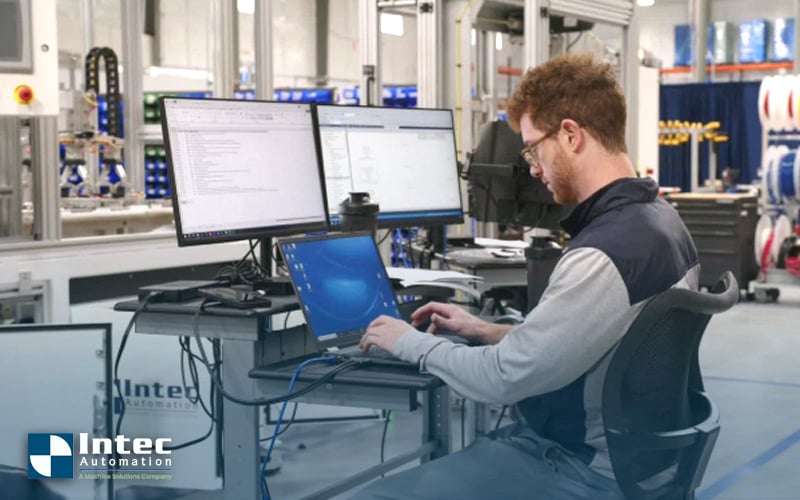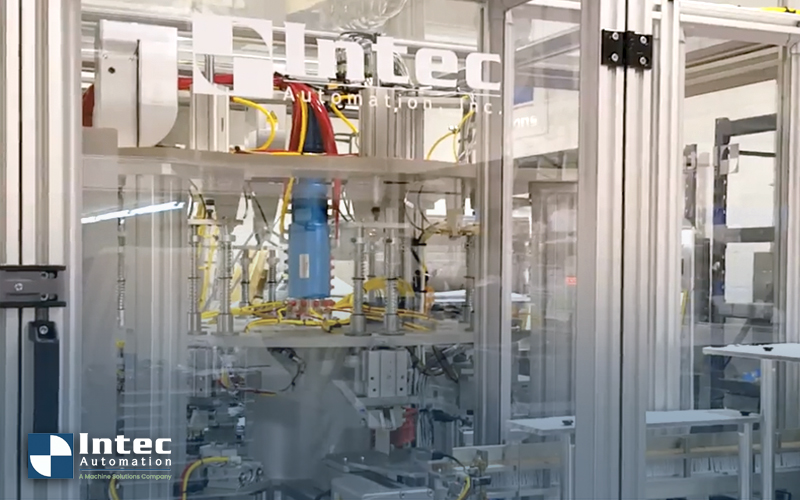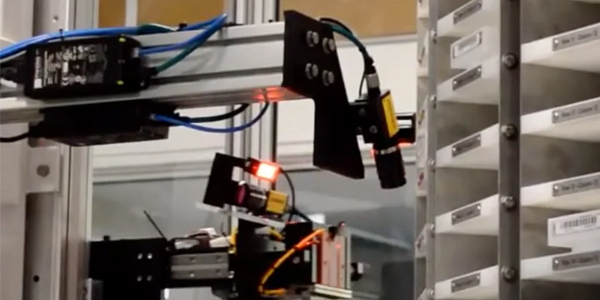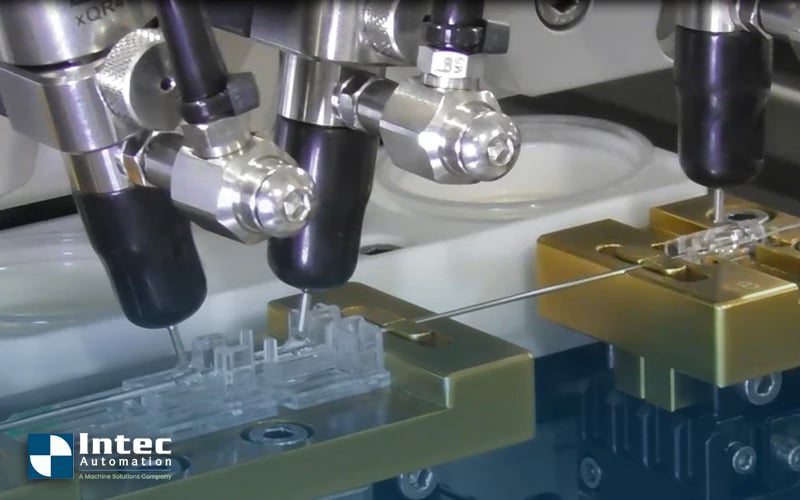How to Ensure Zero Out-of-Box Failures for Medical Device Manufacturing
Out-of-box failures can stem from a myriad of factors. For bent needles or cannulas, the geometry of the final product has to conform to the exact...
2 min read
 Juan Cardenas
:
Feb 27, 2025 1:44:28 PM
Juan Cardenas
:
Feb 27, 2025 1:44:28 PM

Automation is an increasingly attractive solution in manufacturing. Finding skilled operators and retaining them is a problem that continues to plague the industry. Labor shortages and high turnover rates exacerbate the challenges of running manual processes. Manufacturers often lose trained operators, forcing them to restart hiring and onboarding cycles. High operator turnover has a negative impact not only on the cost of training a new operator but also on the quality of the product. Moving from manual processes to fully automated systems eliminates this issue. However, there are times when a particular process may appear risky to automate. For instance, there may be a process where automatically feeding a part, automatically inspecting a defect, or meeting the cycle time required may be perceived as undoable. This is where prototyping proves invaluable. It enables manufacturers to mitigate risks, validate concepts, and ensure successful automation implementation.
The prototype development process is the cornerstone of reducing risk in automation. Manufacturers can simulate processes and test automation equipment in controlled environments with minimum costs. This helps them identify and address potential issues before committing to large-scale investments. Prototyping also helps bridge the gap between concept and implementation, offering a low-risk opportunity to evaluate system performance and compatibility with production goals.
To provide an example of an instance when a prototype effort may make sense, let’s consider a company that manufactures diagnostic equipment. In many instances, the consumable component of the tester includes certain reagents. Some of these reagents could have a high cost. On an automated line, the reagents need to be dispensed with a high degree of accuracy to ensure the proper functionality of the tester and to avoid dispensing a higher amount. Prior to building the complete automated system, the prudent approach would be to develop a prototype that can demonstrate the feasibility of dispensing the reagents with the specified tolerances.
By iteratively testing and refining tools, manufacturers can avoid costly downtime, defects, or delays that could derail projects. Automation equipment manufacturers emphasize this step, using real-world data and iterative design to deliver scalable, efficient solutions.

The return on investment (ROI) for automation improves significantly when prototyping risky processes is part of the process. It allows companies to optimize designs and evaluate real cycle times and throughput. Automated assembly system prototypes also validate operational efficiencies, ensuring manufacturers see immediate benefits upon full implementation.
In complex production operations, prototyping identifies the ideal configurations, necessary adjustments, and potential bottlenecks. This leads to smoother transitions to full-scale automation and greater assurance of achieving targeted efficiency improvements.
Beyond labor issues, companies are turning to automation to reduce operating costs. Incorporating an automated assembly system into production lines helps reduce the dependency on manual labor while maintaining or exceeding current production rates. Furthermore, automated systems ensure consistency in quality and throughput—critical in industries like medical, life sciences, and even electronics manufacturing.
Prototyping risky processes ensures the reliability of systems designed to automate manufacturing processes, minimizing errors that can inflate costs.
We at Intec Automation know that prototyping is no longer an optional step in the automation journey; it is essential. By validating designs, improving manufacturing efficiency, and ensuring alignment with production goals, companies can transition confidently to fully automated systems.
Ready to learn more about prototyping for your automated system? Contact Intec Automation today!

Out-of-box failures can stem from a myriad of factors. For bent needles or cannulas, the geometry of the final product has to conform to the exact...

Product failures borne from low-quality design or inadequate manufacturing processes are simply unacceptable for medical device OEMs. The liabilities...

Achieving exact tolerances in micro-dispensing liquid applications is critical for ensuring precision, consistency, and functionality in high-tech...